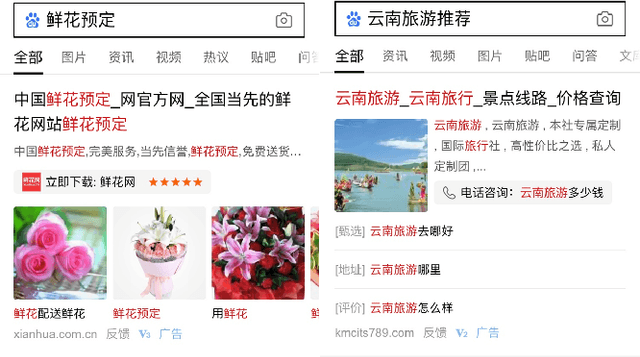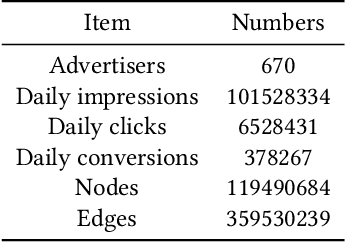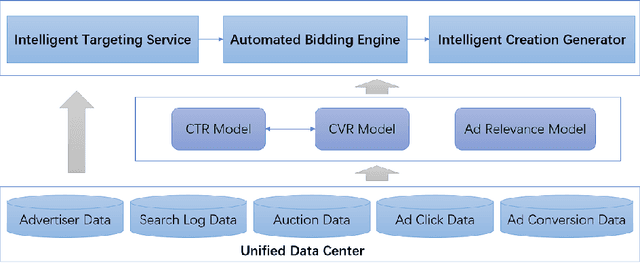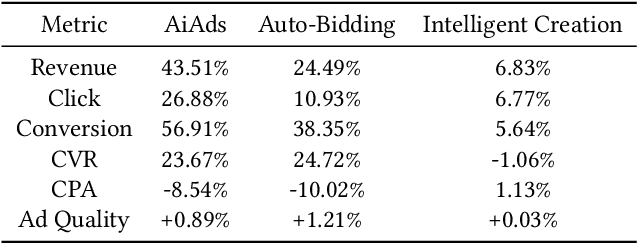Jiao Ding
CDSE-UNet: Enhancing COVID-19 CT Image Segmentation with Canny Edge Detection and Dual-Path SENet Feature Fusion
Mar 03, 2024Abstract:Accurate segmentation of COVID-19 CT images is crucial for reducing the severity and mortality rates associated with COVID-19 infections. In response to blurred boundaries and high variability characteristic of lesion areas in COVID-19 CT images, we introduce CDSE-UNet: a novel UNet-based segmentation model that integrates Canny operator edge detection and a dual-path SENet feature fusion mechanism. This model enhances the standard UNet architecture by employing the Canny operator for edge detection in sample images, paralleling this with a similar network structure for semantic feature extraction. A key innovation is the Double SENet Feature Fusion Block, applied across corresponding network layers to effectively combine features from both image paths. Moreover, we have developed a Multiscale Convolution approach, replacing the standard Convolution in UNet, to adapt to the varied lesion sizes and shapes. This addition not only aids in accurately classifying lesion edge pixels but also significantly improves channel differentiation and expands the capacity of the model. Our evaluations on public datasets demonstrate CDSE-UNet's superior performance over other leading models, particularly in segmenting large and small lesion areas, accurately delineating lesion edges, and effectively suppressing noise
AiAds: Automated and Intelligent Advertising System for Sponsored Search
Jul 28, 2019



Abstract:Sponsored search has more than 20 years of history, and it has been proven to be a successful business model for online advertising. Based on the pay-per-click pricing model and the keyword targeting technology, the sponsored system runs online auctions to determine the allocations and prices of search advertisements. In the traditional setting, advertisers should manually create lots of ad creatives and bid on some relevant keywords to target their audience. Due to the huge amount of search traffic and a wide variety of ad creations, the limits of manual optimizations from advertisers become the main bottleneck for improving the efficiency of this market. Moreover, as many emerging advertising forms and supplies are growing, it's crucial for sponsored search platform to pay more attention to the ROI metrics of ads for getting the marketing budgets of advertisers. In this paper, we present the AiAds system developed at Baidu, which use machine learning techniques to build an automated and intelligent advertising system. By designing and implementing the automated bidding strategy, the intelligent targeting and the intelligent creation models, the AiAds system can transform the manual optimizations into multiple automated tasks and optimize these tasks in advanced methods. AiAds is a brand-new architecture of sponsored search system which changes the bidding language and allocation mechanism, breaks the limit of keyword targeting with end-to-end ad retrieval framework and provides global optimization of ad creation. This system can increase the advertiser's campaign performance, the user experience and the revenue of the advertising platform simultaneously and significantly. We present the overall architecture and modeling techniques for each module of the system and share our lessons learned in solving several key challenges.
 Add to Chrome
Add to Chrome Add to Firefox
Add to Firefox Add to Edge
Add to Edge